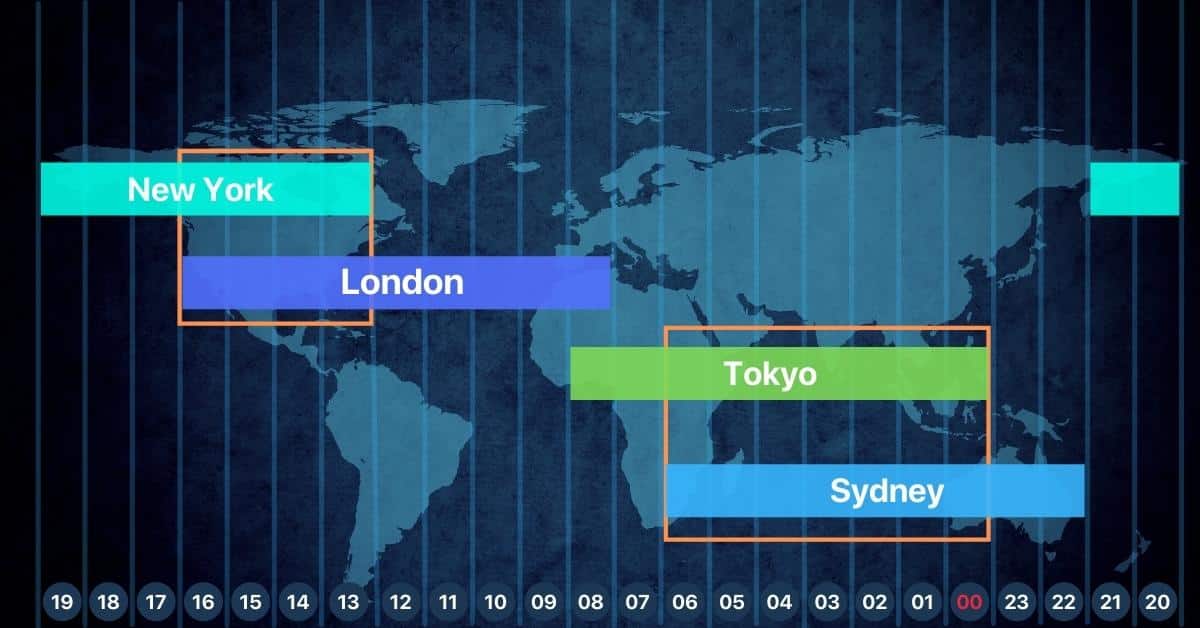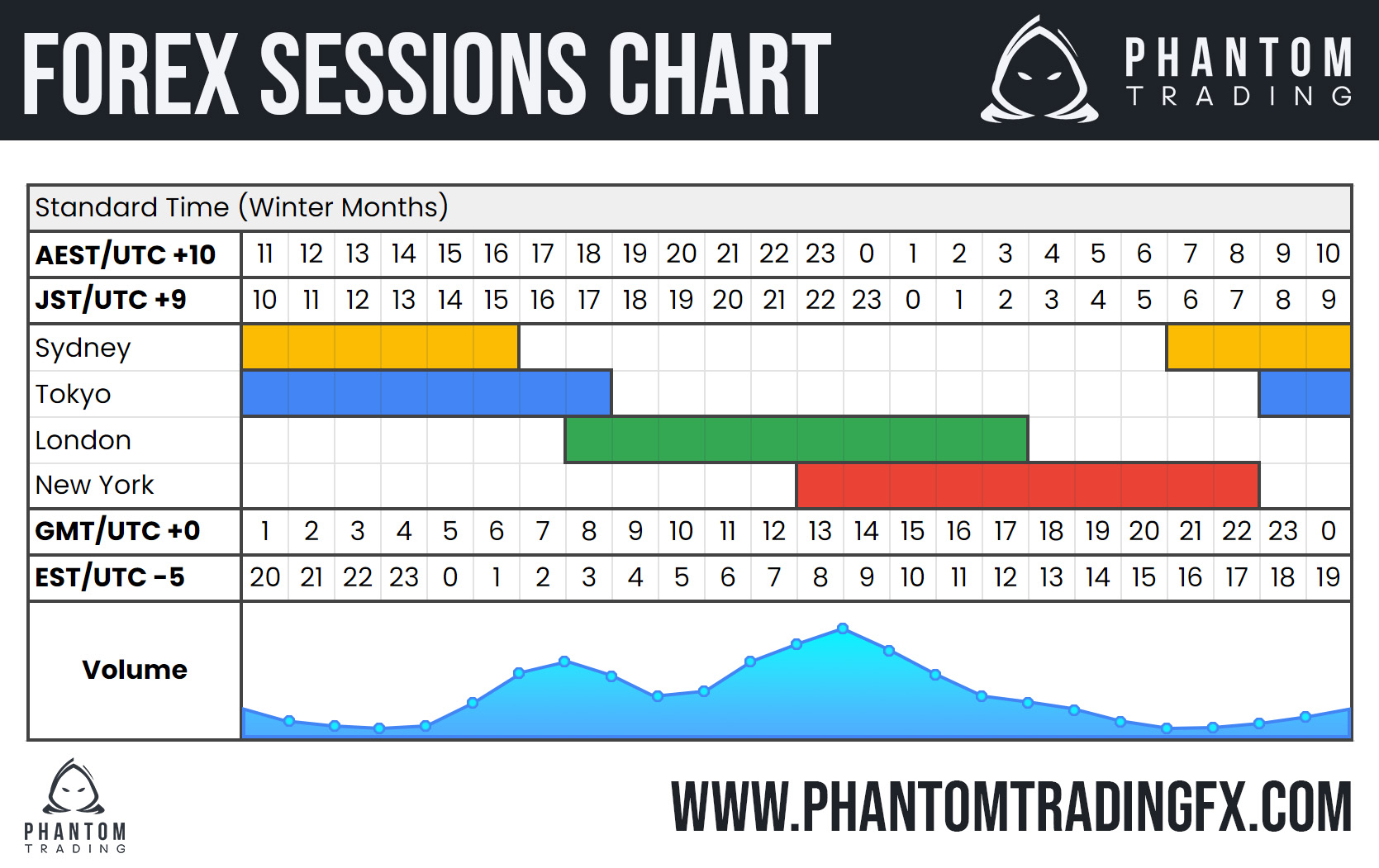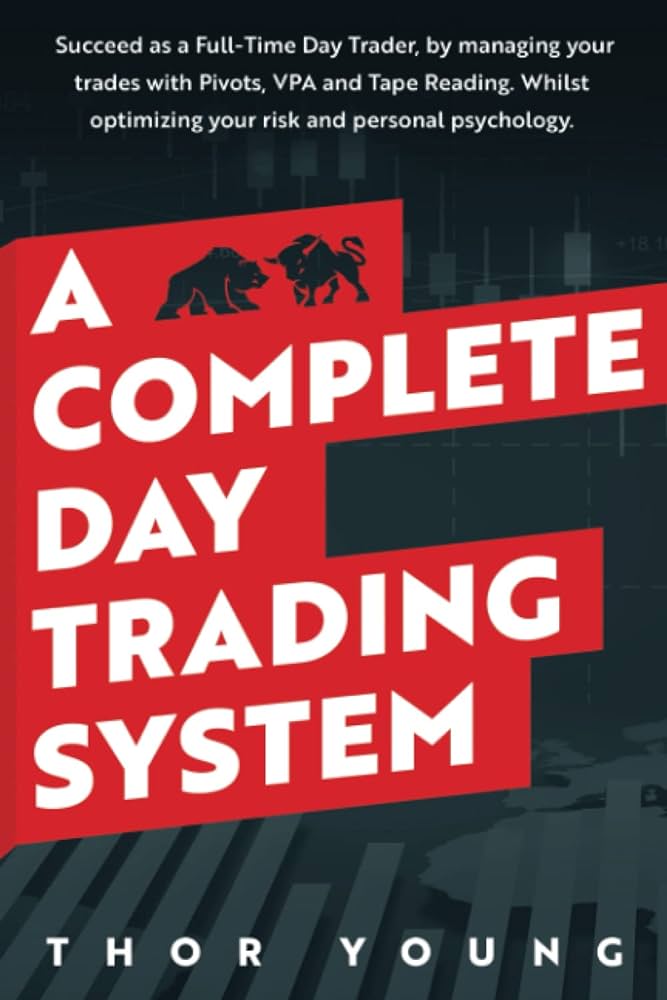Did you know that the Forex market is open 24 hours a day, but it’s not always buzzing with activity? Understanding the different Forex trading sessions is crucial for day traders aiming to capitalize on market movements. This article breaks down the main Forex trading sessions, their impact on volatility, and the best times for beginners to trade. Learn how overlapping sessions can enhance opportunities, the significance of the London session, and how holidays affect trading times. Additionally, discover tools to track session times and manage your trading strategies effectively. Join DayTradingBusiness to unlock the secrets of optimal Forex trading times for maximum profitability.
What are the main Forex trading sessions?
The main Forex trading sessions are the Sydney, Tokyo, London, and New York sessions.
1. Sydney Session: Opens at 10 PM GMT, closes at 7 AM GMT.
2. Tokyo Session: Opens at 12 AM GMT, closes at 9 AM GMT.
3. London Session: Opens at 8 AM GMT, closes at 5 PM GMT.
4. New York Session: Opens at 1 PM GMT, closes at 10 PM GMT.
These sessions overlap, creating peak trading times, especially between London and New York.
How do Forex session times affect day trading?
Forex session times significantly impact day trading by influencing market volatility and liquidity. The major sessions—Asian, European, and North American—have different activity levels. For instance, the overlap between the European and North American sessions typically sees the highest trading volume and price movements, offering traders more opportunities. Trading during these peak times can lead to tighter spreads and faster execution, which are crucial for day traders looking to capitalize on short-term price fluctuations. Conversely, trading during off-peak hours may result in lower volume and wider spreads, making it harder to enter and exit positions effectively.
What is the best time to trade Forex for beginners?
The best time for beginners to trade Forex is during the overlap of the London and New York sessions, typically from 8 AM to 12 PM EST. This period offers high volatility and liquidity, making it ideal for new traders. Additionally, the Asian session from 7 PM to 4 AM EST can also be suitable, especially for pairs involving JPY and AUD. Focus on these times to maximize opportunities and minimize risks.
How do overlapping Forex sessions impact market volatility?
Overlapping Forex sessions increase market volatility because they bring together a larger number of traders from different regions. This heightened activity leads to more significant price movements and tighter spreads. For instance, the overlap between the London and New York sessions typically sees the highest trading volume and volatility, resulting in better opportunities for day traders to capitalize on rapid price changes.
What time does the Asian Forex session start and end?
The Asian Forex session starts at 11 PM GMT and ends at 8 AM GMT.
When does the European Forex trading session open and close?
The European Forex trading session opens at 7:00 AM and closes at 4:00 PM GMT. This session overlaps with the Asian session in the morning and the start of the U.S. session in the afternoon, creating high trading activity.
What are the key hours of the North American Forex session?

The key hours of the North American Forex session are from 8 AM to 5 PM EST. The most active period typically occurs between 8 AM and 12 PM EST, coinciding with the overlap of the London and New York sessions.
How can I find the optimal trading hours for Forex?
To find the optimal trading hours for Forex, identify the major trading sessions: Sydney, Tokyo, London, and New York. The best times to trade are when these sessions overlap, particularly between 8 AM to 12 PM EST when London and New York are active. Use a Forex trading session converter to match your local time with these sessions. Monitor market volatility and liquidity during these hours to maximize trading opportunities.
What is the significance of the London Forex session?

The London Forex session is significant because it accounts for a large portion of global trading volume, making it highly liquid. It overlaps with the New York session, creating opportunities for volatility and price movement. Traders often find the best trading opportunities during this time due to the high number of participants and increased market activity. Key economic data releases often happen during this session, influencing currency pairs. Overall, it’s a prime time for Forex day trading, with many traders focusing on major pairs like EUR/USD and GBP/USD.
How do holidays affect Forex trading session times?
Holidays affect Forex trading session times by reducing market activity and altering liquidity. Major holidays, such as Christmas and New Year, often see lower trading volumes as many traders and institutions are off. This can lead to wider spreads and increased volatility. Additionally, some currency pairs may be less active depending on the holiday schedules of the countries involved. Always check the holiday calendar for specific trading hours, as they can vary.
What tools can help me track Forex session times?
To track Forex session times, use tools like Forex session clocks, trading platforms with built-in session indicators, and websites like ForexFactory or TimeAndDate. Smartphone apps like Forex Clock can also provide real-time updates.
## What Are the Best Forex Day Trading Session Times and How Do They Impact Trading?
Forex day trading session times are divided into four main sessions: Sydney, Tokyo, London, and New York. The Sydney session runs from 10 PM to 7 AM GMT. The Tokyo session is from 12 AM to 9 AM GMT. The London session operates from 8 AM to 5 PM GMT, and the New York session runs from 1 PM to 10 PM GMT. These sessions overlap, creating high volatility and trading opportunities, particularly during the London/New York overlap from 1 PM to 5 PM GMT.
Learn more about: Understanding Forex Day Trading Markets
Learn about How to Use Charts for Forex Day Trading
How can I manage my trading strategy around session times?

To manage your trading strategy around Forex session times, first identify the three main sessions: Asian, European, and North American. Focus on trading during overlaps, especially between the European and North American sessions, when volatility is highest.
Set specific trading hours based on your strategy—if you prefer scalping, trade during active sessions. Use economic calendars to track major news releases that can impact sessions. Adjust your risk management tactics, like stop-loss and take-profit levels, based on session volatility. Finally, maintain a consistent routine to analyze performance after each session, refining your strategy as needed.
What are the advantages of trading during peak session hours?
Trading during peak session hours in the Forex market offers several advantages. First, there’s higher liquidity, meaning you can execute trades quickly at desired prices. Second, increased volatility often leads to more trading opportunities, allowing for larger price movements. Third, tighter spreads reduce trading costs, enhancing profitability. Lastly, greater participation from institutional traders can lead to more reliable market trends and signals.
How do market news releases align with Forex trading sessions?
Market news releases significantly influence Forex trading sessions by impacting currency volatility and trader sentiment. Economic reports, like employment data or interest rate decisions, are often scheduled to coincide with major trading sessions—Asian, European, and North American. For instance, important news releases during the European session can lead to increased volatility, affecting currency pairs like EUR/USD. Traders often align their strategies with these releases, entering or exiting positions based on anticipated market reactions. Timing news releases with trading sessions maximizes opportunities for profit while managing risk.
Learn about How to Stay Updated on Crypto Market News for Day Trading
What should I know about liquidity during different Forex sessions?
Liquidity in Forex varies across different trading sessions. The London session offers the highest liquidity due to the overlap with the New York session. During this time, currency pairs like EUR/USD and GBP/USD see significant volume.
The Asian session generally has lower liquidity, with pairs like USD/JPY and AUD/USD being more active. The New York session, while also liquid, can see volatility spikes due to economic news releases.
Timing your trades around these sessions can enhance your chances of better execution and tighter spreads. Understanding these dynamics is key for effective Forex day trading.
How can Forex session times influence currency pairs?
Forex session times influence currency pairs by determining market activity and volatility. When major markets like London or New York open, trading volume increases, often leading to sharper price movements. Currency pairs associated with active sessions, like EUR/USD during the London session, tend to experience tighter spreads and more opportunities for day trading. Conversely, during quieter times, like late Asian hours, volatility decreases, making it harder to execute trades effectively. Timing your trades with these sessions can maximize profit potential.
Conclusion about Forex Day Trading Session Times Explained
Understanding Forex day trading session times is crucial for maximizing your trading potential. Each session offers unique opportunities influenced by market volatility, liquidity, and economic news. By strategically aligning your trading activities with peak hours, you can enhance your chances of success. For beginners, recognizing the best times to trade can lead to more informed decisions. Utilize tools to track these sessions and stay updated on holidays that may impact trading. For more in-depth insights and strategies tailored to your needs, turn to DayTradingBusiness for expert guidance.
Sources:
- Utilizing artificial neural networks and genetic algorithms to build an ...
- Puzzles in the Tokyo fixing in the forex market: Order imbalances ...
- Intraday-of-the-week effects: What do the exchange rate data tell us ...
- Offshore Currency Markets: Non-Deliverable Forwards (NDFs) in ...
- Performance of crypto-Forex portfolios based on intraday data ...